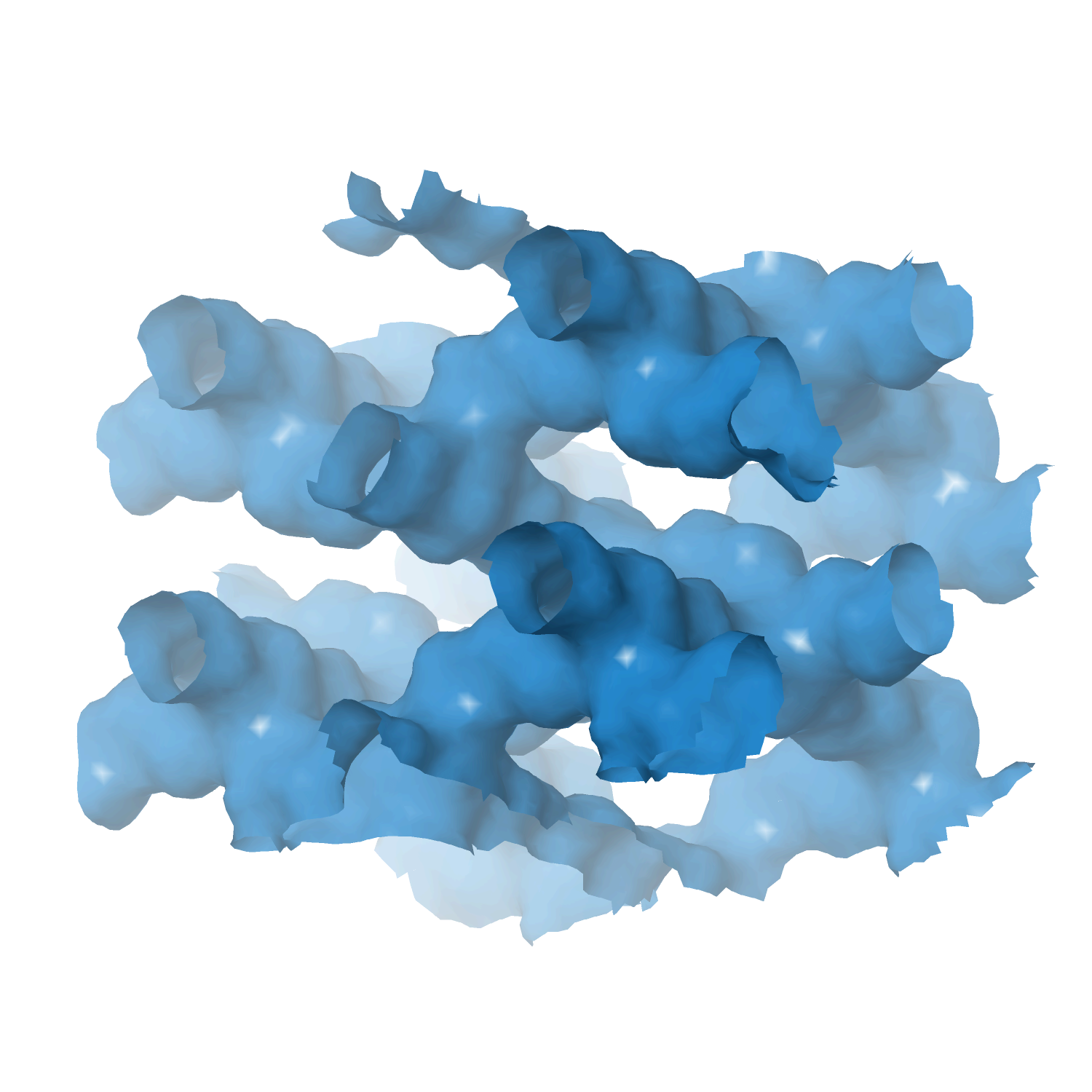Heterogeneous catalyst engineering ⇒ from stable and deactivation resistant to viable technical catalyst
Advances in heterogeneous catalyst “structure” are driven to improve their “function” or performance, i.e., activity, selectivity, and stability. Cooperative research is required to understand the structure and function relationships: developing new synthesis protocols for heterogeneous catalysts with unique surface properties, defined porosity, identification and understanding of catalytically active sites, reaction mechanisms, and finally, prediction and analysis of the processes using various computational tools.
Our group focuses on developing new catalyst formulations using innovative synthesis routes for various important heterogeneous catalysts. That includes thermal, electro, and bio-electro catalysis.
The active phase cannot be used directly in its final application or reactor for various reasons, including poor mechanical resistance, heat or mass transport, and fluidization features. We must mix the active phase with other ingredients in a matrix of binder and filler, while we shape it into a technical catalyst. We investigate new synthetic protocols for technical catalysis using spray drying and fluidized beds to cover the whole range of sizes. At the same time, we incorporate additional (unconventional) ingredients such as SiC to improve some features even further.
- Technical catalyst I ⇒ spray drying and extrusion
- Technical catalyst II ⇒ spray fluidized bed reactor
- Technical catalyst III ⇒ electrospinning
- Zeolite catalysts ⇒ with defined structure/porosity
- Multi-metal (high entropy) alloy catalysts
- MXene catalysts ⇒ single and multi-dimensional
- Perovskite catalysts
- Metal-organic framework (MOFs) catalysts
- Supported metal/metal-oxide catalysts
- Aerogel catalyst
Understanding catalyst deactivation during the direct cracking of crude oil
by
Alabdullah, Shoinkhorova, Dikhtiarenko, Ould-Chikh, Rodriguez Gomez, Chung, Alahmadi, Hita, Pairis, Hazemann, Castaño, Ruiz-Martinez, Morlanes, Almajnouni, Xu, Gascon
Catal. Sci. Technol.
Year:
2022
DOI:
https://doi.org/10.1039/D2CY01125E
Abstract
The increasing demand for base chemicals i.e., ethylene and propylene, along with the expected peak in gasoline and fuels demand, are stirring intense research into refineries to be built around processes that maximize the production of chemicals (oil to chemicals, OTC, processes). One of the main challenges at hand for OTC technologies is the formulation of appropriate catalysts able to handle the wide boiling point of the feed and to withstand continuous operation at industrial scale. Hydrothermal degradation, coke deposition and the presence of impurities, such as metals, sulfur and nitrogen containing species, in the feedstock affect catalyst lifetime, activity and selectivity. In this work, we evaluate long term catalyst stability along with the main causes of reversible and irreversible catalyst deactivation. Our results demonstrate that formulation prevents, to a large extent, the degradation of the zeolitic components of the catalyst. Metal deposition, on the other hand, results in a slight decrease in activity along with partial changes in selectivity patterns. The main reasons behind these changes are discussed in detail with the help of extensive characterization
Keywords
C2C
HCE
CRE
